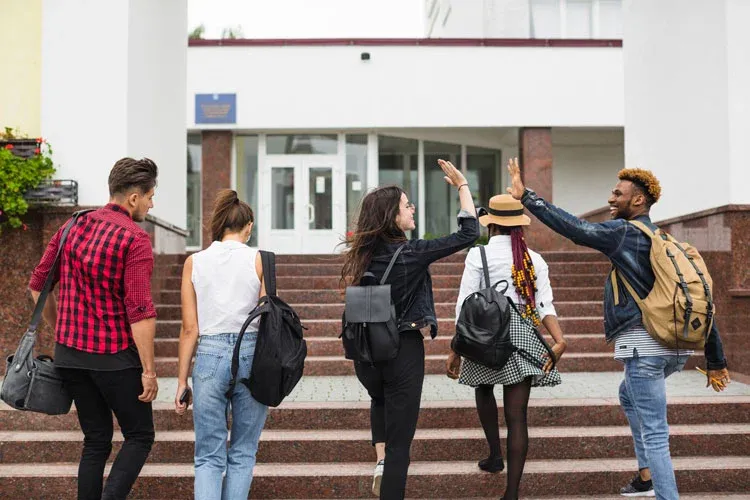
Benefits of Alternative High Schools for At-risk Students
Unfortunately, it’s not uncommon for some students to struggle in the traditional educational system. These at-risk students, who face challenges like academic difficulties, behavioral issues, or a lack of support, often require an alternative approach to help them thrive. That’s where alternative high schools come in, offering a supportive and tailored environment that fosters growth and success for students who don’t fit the traditional mold. In this blog, we’ll highlight just a few ways alternative high schools can impact at-risk youth’s educational journey and prospects.
1. Personalized Learning
One significant difference between traditional schools and those with an alternative approach is personalized learning. Unlike conventional schools with large class sizes, alternative schools offer smaller student-teacher ratios, allowing educators to create individualized lesson plans based on each student’s strengths, weaknesses, and learning styles. This personalized approach helps at-risk students receive the attention and support they need to overcome academic challenges and unlock their full potential.
2. Flexible Curriculum:
Alternative high schools often offer a more flexible curriculum that caters to the diverse needs of at-risk students. These schools can customize their programs to address specific academic requirements while incorporating vocational training, life skills development, and hands-on learning opportunities. By providing a well-rounded education, alternative schools equip students with a broader skill set, boosting their confidence and preparing them for success in the real world.
3. Supportive Environment:
For at-risk students, a supportive environment is paramount to their educational growth. Alternative high schools prioritize creating a nurturing and inclusive atmosphere where students feel safe, respected, and valued. The dedicated staff members work closely with students to offer guidance, mentoring, and emotional support beyond what a traditional school often provides. This supportive network helps build self-esteem, foster positive relationships, and promote a sense of belonging, all crucial for at-risk students to thrive academically and personally.
4. Individualized Counseling:
Alternative high schools often provide access to specialized counseling services tailored to the needs of at-risk students. These services may include academic counseling, career guidance, and mental health support. By addressing the underlying issues affecting students’ academic progress, alternative schools empower them to overcome obstacles, develop coping strategies, and build resilience.
5. Community Engagement:
Alternative high schools actively engage with the local community, forging partnerships with businesses, organizations, higher educational institutions, and mentors who can provide additional resources and opportunities for at-risk students. These partnerships may lead to internships, job shadowing experiences, or college credit, exposing students to the real-world applications of their education. Community involvement opens doors to future career paths and enhances students’ prospects beyond high school.
Alternative high schools play a vital role in transforming the lives of at-risk students. At the Rose Academies, we are proud to offer personalized learning, flexible scheduling, and a supportive environment to help at-risk students regain control of their educational journey, cultivate their strengths, and develop the skills necessary to thrive personally and professionally. To learn more, we invite you to continue exploring our website.